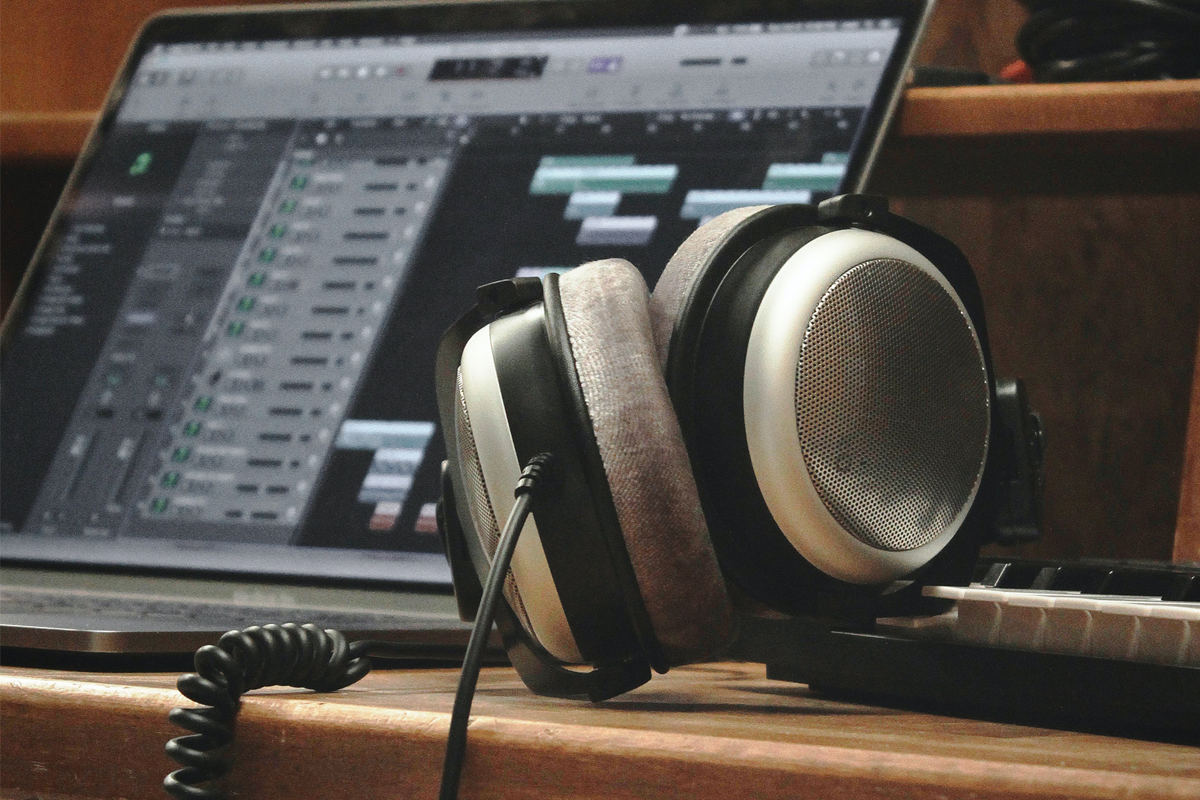
The use of drum samples is wide spread in contemporary music production. They give you producers and engineers a method for providing more depth and a variety of sound, and you can use them to create styles and sounds across musical genres. When incorporating drum samples into your productions however, it can often be difficult to know where to begin. In this blog post we’ll look at some suggestions and techniques to help you make the most of your drum samples.
Start with a Macdrum sample pack
Having a high quality sample library is essential for using drum samples effectively. Sample libraries come in a wide range, each with a distinctive sound and aesthetic. Samples from vintage drum machines like the Roland TR-808 and TR-909 are often popular due to the cost of the original machines, as well as those from traditional drums and electronic drum kits. There’s also many forms of percussion available too. Have a look at out professional sample packs at Macdrum.com
Experiment with different sounds
To find the right sound for your production, experiment with various sample packs. Once you have a sufficient sample library built up then there is a much higher chance of you finding the correct set of samples for your project. Think about what kind drum or percussion sound your track needs. Acoustic drums are great for rock but what about other genres? Can you experiment with crossing over genres such as using electro drums on an acoustic track for example. Would your track benefit from additional percussion such as bongos or a tambourine maybe. This is the great thing about having samples at your disposal. You’re free to experiment and get creative.
Layer multiple samples
Layering different samples together is one of the best tricks to give your music depth and variation. A unique sound that is difficult to produce with a single sample can be made by layering multiple samples. A kick sample from a vintage drum machine could be combined with a snare sample from an electronic drum set, for instance. Again it’s great to be able to experiment here.
Use EQ and compression
Using EQ and compression to alter the sound of your samples is another way of adding some character and allowing the samples to fit well within your track. While compression can be used to manipulate a sample’s dynamic range, EQ can be used to amplify or cut specific frequencies in a sample. You can produce a more polished and professional sound by applying EQ and compression.
Automate and sequence your samples
Automating and sequencing your samples is another excellent technique to give your music interest and variety. An interesting and dynamic sound can be produced by automating the volume and panning of your samples. Additionally, a variety of rhythms and patterns can be created by sequencing your samples in various ways using software drums in your DAW for example.
Drum samples are an effective tool in contemporary music creation. By using the tips provided in this article, you can produce tracks with a diverse range of sounds and styles. To produce a dynamic and intriguing sound, keep in mind to experiment with various sample packs, layer different sounds, utilise EQ and compression, and automate and sequence your samples.
